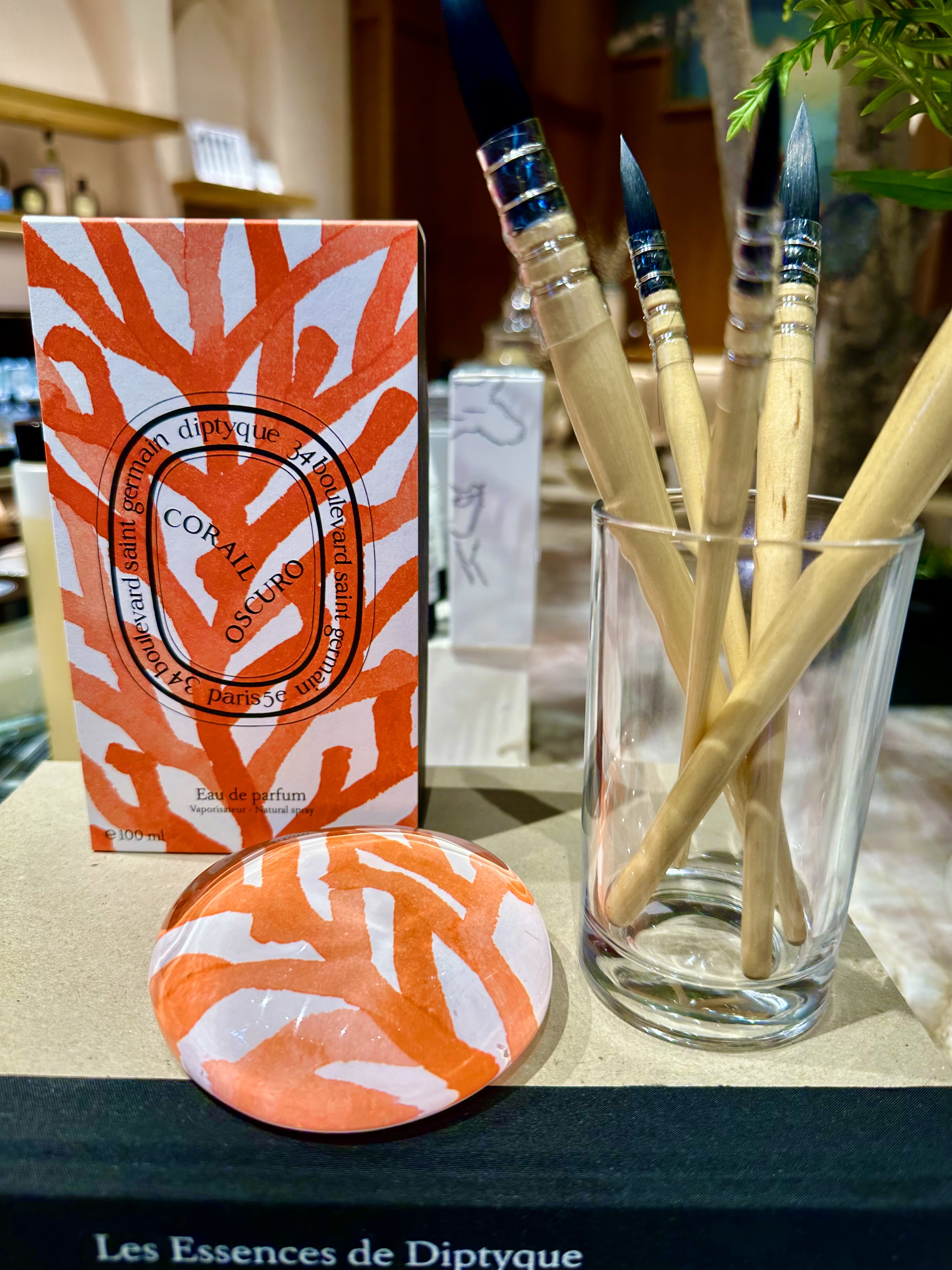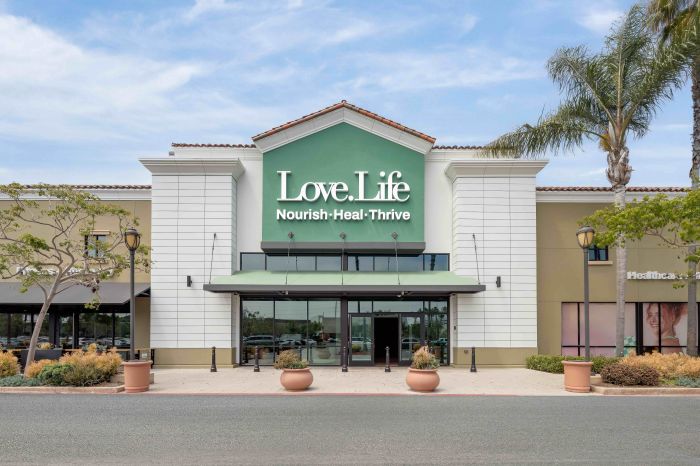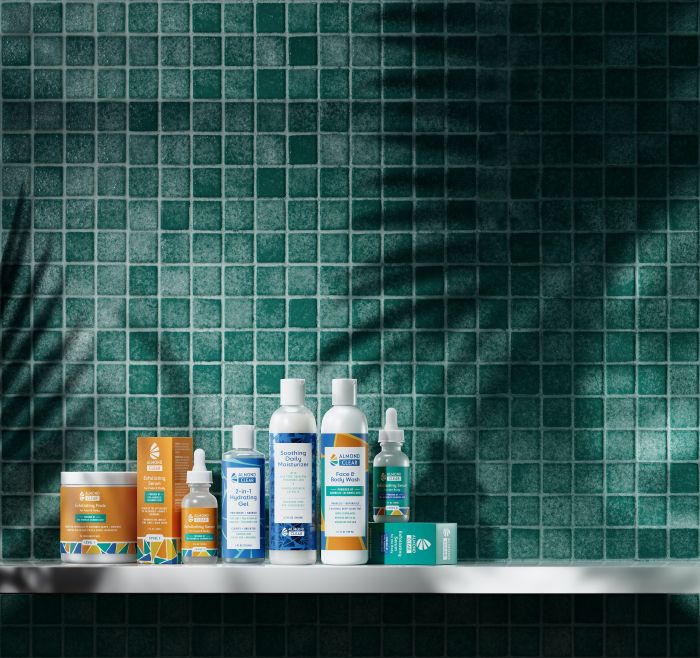
Unless you are a skincare therapist or are ready to sit down and study, then compare and contrast the effectiveness of the various activities of ingredients you are applying to your face and body, you might just be left in the dark. Here’s a quick run-down of commonly used terminology to describe beauty products:
Alpha Hydroxy Acids: AHA’s are the combination of salicylic (beta acid), lactic acid (moisturizer) and glycolic acid (exfoliant). It is the optimum balancing combination to enhance your skins natural beauty. Salicylic acid unclogs pores and reduces oil production, lactic acid moisturizes, and glycolic acid exfoliates.
Amino Acids: A combination of organic molecules create amino acids which create the foundation for which proteins are built upon.
Antimicrobials: Substance that slows the growth of microorganisms such as bacteria, viruses, and fungi.
 Antioxidants: Otherwise known as free radical scavengers, antioxidants safeguard from the harmful effects of free radicals by neutralizing then releasing them. Natural occurring enzymes in the body, (such as A, B, C, and E vitamins, beta-carotene, and selenium) intercept free radicals and prevent them from damaging molecular structures.
Antioxidants: Otherwise known as free radical scavengers, antioxidants safeguard from the harmful effects of free radicals by neutralizing then releasing them. Natural occurring enzymes in the body, (such as A, B, C, and E vitamins, beta-carotene, and selenium) intercept free radicals and prevent them from damaging molecular structures.
Astringent: Meaning "to bind fast," astringent constricts cellular tissues, reducing pores and minimizing oil production.
Botanical: Relating to plants, a cure created from any part of a plant, typically the bark, the root or leaves.
Carrier Oils: Also known as "base oil" or "vegetable oil,”" these oils are derived from vegetables and cold pressed. Their purpose is to dilute essential oils and assist in helping them penetrate pores.
Catechins: Derived from tea plants — when people mention the healthy benefits of wine, dark chocolate, and teas, this component is what they are referring to. Some experts contend that this should be classified as a vitamin and included into your daily diet because of its ability to fight aging, stroke, cancer, diabetes and heart failure. Catechins are also recommended when going through In Vitro fertilization.
Collagen: The main component that supports skin’s structure — this protein supports skin fibers, tendons, bones, cartilage and connective tissues.
Cocamide DEA: This surfactant is made from healthy coconut oils, and contains synthetic diethanolamine which forms carcinogenic compounds (associated with causing various cancers and reproductive issues).
Emollient: A lubricating thickening agent that prevents moisture loss and softens and soothes the skin.
 Essential Oils: Essential oils are plant derivatives that offer therapeutic benefits when inhaled and applied topically. Essential oils in their pure form have proven antiseptic, antimicrobial, detoxifying, soothing, healing and regenerative powers.
Essential Oils: Essential oils are plant derivatives that offer therapeutic benefits when inhaled and applied topically. Essential oils in their pure form have proven antiseptic, antimicrobial, detoxifying, soothing, healing and regenerative powers.
Free Radicals: A highly reactive, oxygenated chemical that can damage vital healthy skin cells, such as lipids. Free radicals have been implicated in causing damage to the body, including premature aging and cancer. Free radical damage stems from pollution, UV rays, radiation and other environmental stressors.
Glycerin: An effective natural skin conditioner. In small concentrations, glycerin is a humectant — at high concentrations, it attracts moisture from the environment, allowing it to penetrate the skin. Glycerin is naturally produced in the product making process.
Humectant: Attracting moisture from natural glycerin in the air, humectants preserve and retain skins natural moisture.
Hypo-Allergenic: Hypo from ancient Greek meaning less than. Hypo Allergenic — less than allergenic — it is a term used on almost every skin and body care product. It is sort of a generic way to say that products are free of common allergens, toxic chemicals, nut oils, and ultimately "made for the skin."
Lipids: Lipids are used in the form of natural fats, waxes and oils, for long-term energy storage, insulation and rebuilding.
Microbe: Defined as a simple, single-celled form of life that causes disease.
Mineral Oils: Commonly used in cosmetics and pharmaceuticals, these "white oils" are colorless, odorless, and tasteless and are free of nitrogen, sulfur, oxygen and aromatic hydrocarbons. Petroleum oils are inexpensive and widely used for their reliably anti-allergenic and moisturizing properties. When ingested, they interfere with the body’s ability to move natural vitamins and minerals. When used externally, mineral oils cause acne and leave thick residue on skin and hair.
Peptides: Combined amino acids create peptide bonds which create protein that maintain health of hair, nails and skin.
 Propylene Glycol: Used as a thinner, this (usually) synthetic substance is used to extend usage of a product by increasing spread-ability. This ingredient is to be avoided by those with acne-prone skin.
Propylene Glycol: Used as a thinner, this (usually) synthetic substance is used to extend usage of a product by increasing spread-ability. This ingredient is to be avoided by those with acne-prone skin.
Sulfate: An artificial liquid derived from sulfated oils, sulfates are harmful to marine life and to the environment. Every time it is washed down your drain, this inorganic ion reaches natures water supply and inhibits natural water movement. The use of this chemical is implicated in the increase of acid rain, global dimming and global warming.
Surfactant (tensides): This active agent amplifies the foaming, dispersing, and spreading properties of a product. Surfactants, also known as "wetting agents," lower the surface tension of a liquid, allowing easier spreading...they are typically not easily soluble.
Volatile Oil: Plant derived and primarily used in cosmetics to add fragrance. These components most often include a mix of alcohols, ketones, phenols, linalool, borneol, terpenes, camphor, pinene, acids, ethers, aldehydes, and sulfur, all of which have extremely irritating and sensitizing effects on skin.














